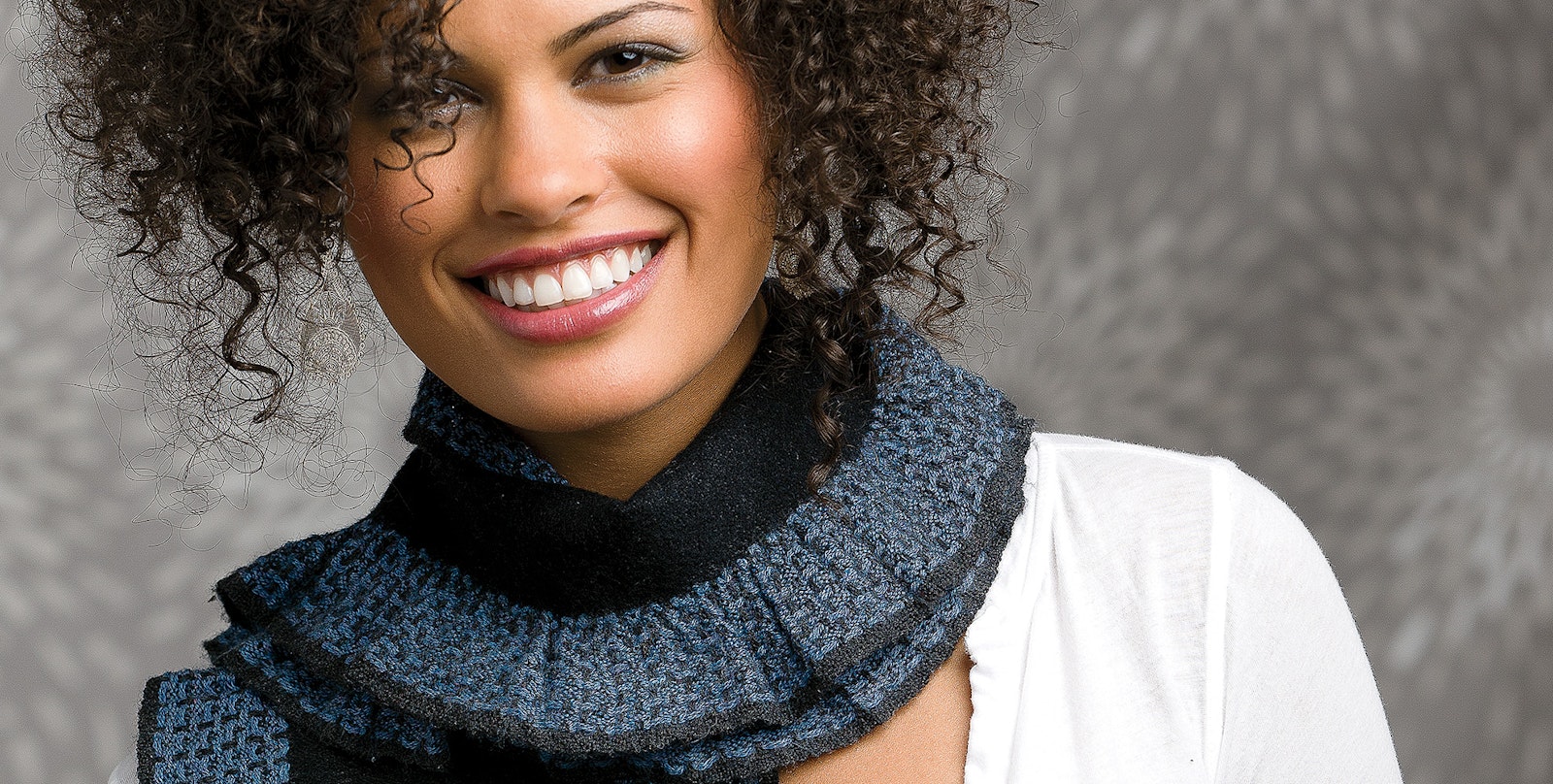 | |
| Tien Chiu's Kodachrome Coat is one of the fashion-forward designs you'll find in the September/October 2011 issue of Handwoven. |
Any week now, those mammoth September issues of the big fashion magazines will be straining newsstand shelves and clogging mailboxes. The fall fashion trends – and a new season of Project Runway – are upon us. Wouldn’t it be fun to see handwoven scarves and garments featured in a few of those voluminous pages or popping out of Tim Gunn’s little velvet bag of tricks? Alas, the fashion editors haven’t come knocking at my door, and I suspect not yours either. Fortunately, handweavers are accustomed to setting their own trends. To help spot some, I asked a few weavers what they are seeing in their little corners of the weaving world.
Color, big, bold and bright, is a common theme. Hand-painted and space-dyed knitting and weaving yarns combine with bold solid colors and even each other for dramatic results. In the retail studio I share, customers respond to color first. Inspecting the goods more closely, they may notice the intricacies of the pattern, but it is color that gets them to the merchandise. Using color successfully is also high on weavers’ need-to-learn lists. While textured novelty yarns are still popular, particularly among the legions of new rigid heddle weavers, shaft-loom weavers are creating texture with weave structure and collapse techniques. 3-D isn’t just for movies anymore. Think differential shrinkage or woven shibori with polyester yarn. The desire for loom-controlled imagery may be driving increasing interest in complicated weave structures designed with non-traditional computer drafting tools like Photoshop. Meanwhile, multi-shaft compu-dobby weavers, and those anticipating affordable jacquard technology, continue to push the limits of how yarns can interlace.
 | |
| Shibori in velvety chenille makes Teresa Kennard's handwoven dress sleekly luxurious. |
Even the growing numbers of small loom aficionados are incorporating more complex structures, whether they’re weaving with tablets or backstrap, rigid heddle and inkle looms. Daryl Lancaster said she had students from the U.S., U.K. and France in a recent inkle loom pick-up class she taught live online. And speaking of online learning, wouldn’t Mary Meigs Atwater and Harriet Tidball have taken their Shuttle Craft Guild to amazing heights with a laptop and a webcam? OK, sharing information with other weavers online is certainly not new, but it’s growing as more weavers embrace e-classes, blogs, YouTube videos, social networks, e-books, library things and fashion websites.
All of which brings us back to fashion, and for the handwoven variety, the biggest trend seems to be combining media, mixing fabric structures, and applying surface-design techniques, sometimes all in the same garment. For those working the juried show circuit, it is increasingly taking more than beautiful handwoven yardage and top-drawer sewing skills to catch the discriminating juror’s eye.
You can get a healthy helping of handwoven fashion and inspiration in the upcoming September/October issue of Handwoven, featuring the winners of the Väv 2011 garment challenge. Then grab some barbells or get to a Pilates class. The September fashion mags are also great design tools, but you’ll need a healthy back to get them home.

P.S. Thanks to Robyn Spady, Daryl Lancaster, Syne Mitchell, Tien Chiu and Madelyn van der Hoogt for sharing their insights.

